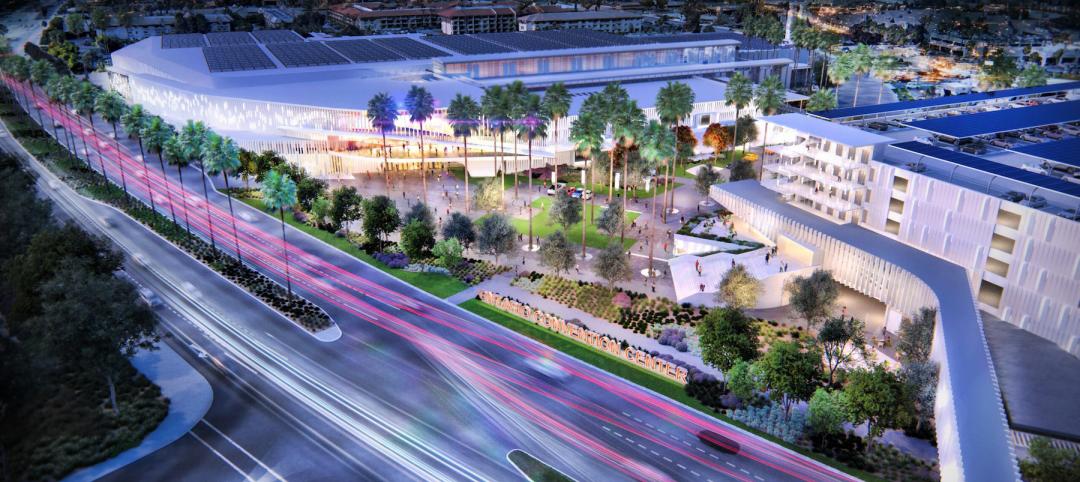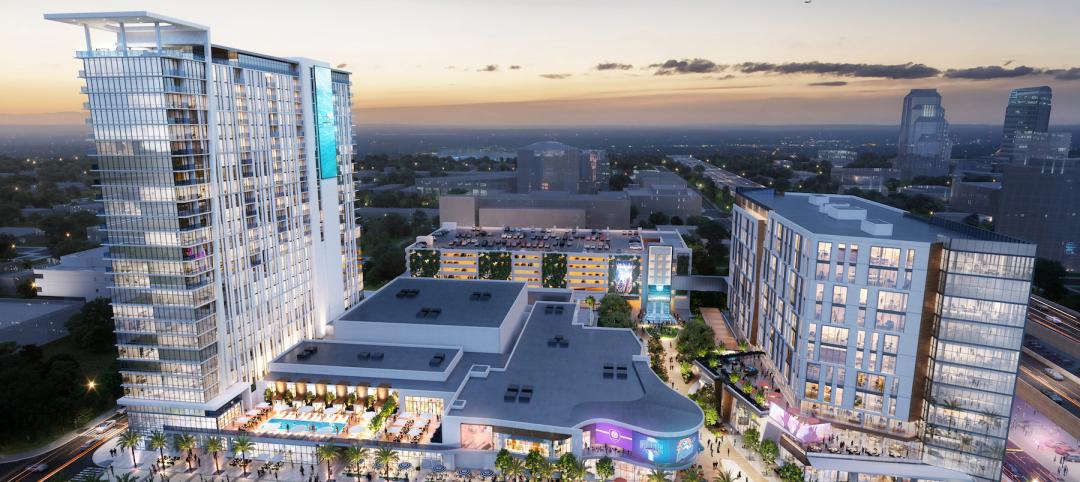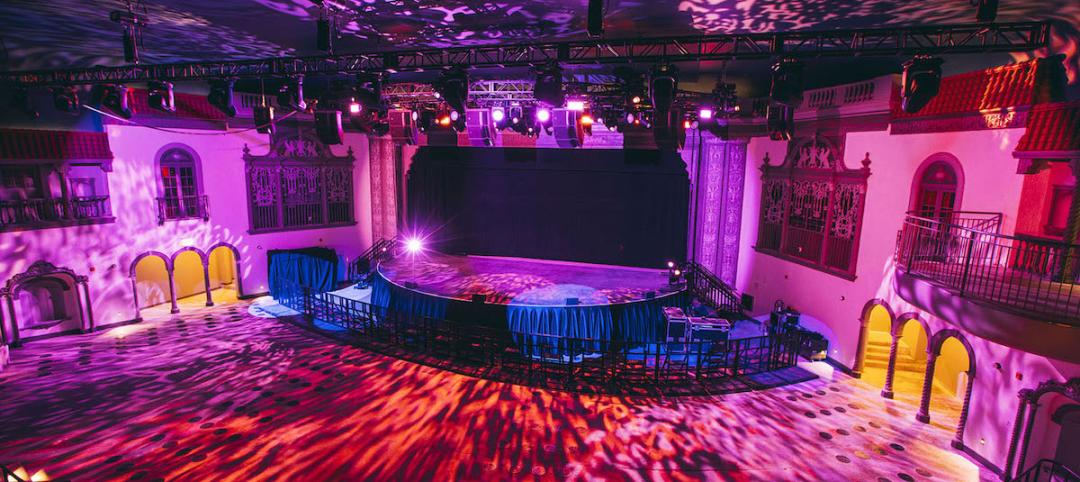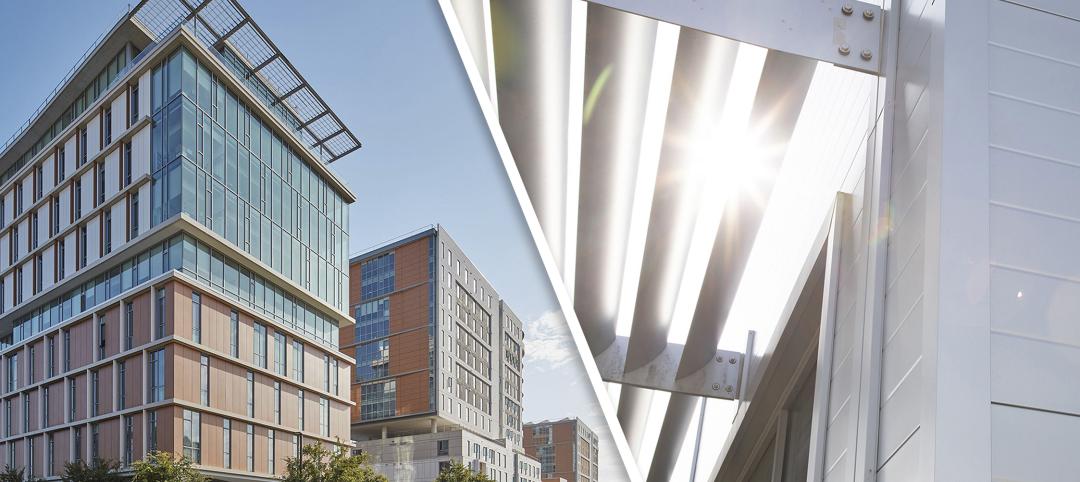Lithium-ion batteries (LIB) have become the dominant technology in phones, laptops, scooters, electric bikes, electric vehicles, as well as large-scale battery energy storage facilities. As such, it is important to systematically consider their impact on fire safety inside buildings, especially since electrification is a critical part of the effort to limit climate change.
The root of the fire safety challenge is thermal runaway in LIBs. This is a process in which overheating, improper charging, construction defects, mechanical abuses, deterioration due to age and use, and similar causes can start an unstable process resulting in the sudden release of hazardous combustible and explosive gases and the initiation of fire.
Different LIB systems can range from highly reliable to less reliable depending on how they are designed, constructed, and used, as well as their safety features. However, the exponential growth in the number of batteries and the high variability in their types and conditions of use means there will be more fires that are related to this technology. Therefore, we need to understand the challenge at different scales and how it should lead to changes in design and construction.
Fire safety concerns with small-, medium-, and large-scale lithium-ion battery applications in buildings
In terms of small-scale applications of this technology, electric mobility devices such as scooters and bikes are widely used, especially in dense urban areas, as a convenient, inexpensive, and rapid means of transportation. Oftentimes, they are stored close to or just behind apartment doors and may be used with non-standard chargers. These devices can initiate fires that are fast and furious with no warning. Because these fires often have a jet flame component and sometimes throw off flammable pieces, they can spread quickly. When stored next to doors, these devices can prevent building occupants from escaping and complicate fire service response and rescue.
By contrast, typical building fires start locally and are slow moving, giving occupants time to respond or escape. This risk is not theoretical. New York City is already experiencing a dramatic rise in the number of fires caused by electric mobility devices. Frequently, improper charging or placement of these devices has contributed to the risk. At this scale, improvements to manufacturer standards, public education, and building rules on where and how electric mobility devices may be stored or charged can help improve fire safety.
At the medium-scale level, individual electric vehicles and small battery energy storage systems (BESS) for single-family residences can have considerable fire potential and require special attention to mitigate the risk. In addition to manufacturer standards, strategies involving appropriate use of fire protection systems, as well as creating distance between the LIB system and the occupied spaces of a building (e.g., separation of parking spaces, installation of BESS outside occupied spaces), can help reduce the threat of fire.
In large-scale applications, large BESS or parking garages with multiple electric vehicles inside a building can pose a significant fire safety challenge. The nature of hazards associated with these systems is different from that of typical fires. These differences can greatly change the risk profile for buildings, their occupants, and first responders. The challenge is driven by the combined fire, explosion, and hazardous material risk of these events. The total heat release of a gas-fueled car and an electric car might not be very different. However, the fire from an electric car can start fast and furious, with jet flames that make it easier to set the next car ablaze as well.
It takes much more water and time to extinguish a fire from an electric car. In addition, any part of the combustible gasses released from the electric vehicle that does not burn could contribute to an unexpected explosion. A parking area, with multiple electric cars in proximity to one another, may experience a fire that spreads much faster, is more difficult to extinguish (due to safety and extinguishment challenges for the fire service) and is, therefore, likely to burn longer. A large-scale LIB BESS inside a building could pose similar challenges.
For this large-scale challenge, there is a need for greater awareness, as well as increased collaboration between stakeholders (including regulating bodies, first responders, technical associations, owners and developers, and design professionals) to fully define the extent of the challenge and develop an outline of solutions. This is a fast-growing and quickly changing environment, and we need proactive, positive engagement from all involved.
Risk mitigation measures for electric vehicles, battery energy storage systems in buildings
Fortunately, for both electric vehicles in indoor parking spaces and large-scale BESS locations inside buildings, some guidance for risk mitigation is clear. It is helpful that the location of risk for both scenarios is known, allowing for targeted design and mitigation approaches to these spaces. Structurally, the building may be designed to withstand longer fires, and structural hardening can be considered if there is an explosion potential.
For fire suppression, various water-based and non-water-based systems are available, each with pros and cons for their use in a given context.
The firefighting infrastructure in a building can also be improved to ensure adequate water through standpipes, as well as safe access for fire service given the unique risks of the LIB-driven fires.
Finally, there are various options to improve the safety of building occupants through design, whether through increasing redundancy of means of egress in high-risk locations, hardening or changing the location of the means of egress as needed, or designing for a safe shelter-in-place strategy inside the building.
We need positive engagement and collaboration between everyone involved, including the authorities having jurisdiction and regulating bodies to recognize the challenge and allow for successful development and application of creative solutions that are appropriate to the context of each building. This is essential to allow for sustained, safe, and expanded adoption of technologies that are important to our fight against climate change.
About the Authors
Ali Ashrafi, PhD., PE, is a Principal, and Elisa Paone, PE, CFEI, is a Vice President with Thornton Tomasetti.
Related Stories
Events Facilities | May 8, 2024
Raleigh to start construction on convention center expansion
An amphitheater relocation and new hotel are included in a funding package approved by the county last year.
Events Facilities | May 2, 2024
Metros are seeking far bigger convention center spaces
Some projects are doubling the capacities of existing buildings.
Mixed-Use | Apr 23, 2024
A sports entertainment district is approved for downtown Orlando
This $500 million mixed-use development will take up nearly nine blocks.
Mixed-Use | Apr 9, 2024
A surging master-planned community in Utah gets its own entertainment district
Since its construction began two decades ago, Daybreak, the 4,100-acre master-planned community in South Jordan, Utah, has been a catalyst and model for regional growth. The latest addition is a 200-acre mixed-use entertainment district that will serve as a walkable and bikeable neighborhood within the community, anchored by a minor-league baseball park and a cinema/entertainment complex.
Adaptive Reuse | Apr 5, 2024
McHugh Construction completes restoration of Chicago’s historic Ramova Theatre
Adaptive reuse project turns 1929 cinema into a live performance venue, adds a brewery and a taproom, and revives the Ramova Grill in Chicago’s Bridgeport neighborhood.
Construction Costs | Mar 15, 2024
Retail center construction costs for 2024
Data from Gordian shows the most recent costs per square foot for restaurants, social clubs, one-story department stores, retail stores and movie theaters in select cities.
Shopping Centers | Mar 7, 2024
How shopping centers can foster strong community connections
In today's retail landscape, shopping centers are evolving beyond mere shopping destinations to become vibrant hubs of community life. Here are three strategies from Nadel Architecture + Planning for creating strong local connections.
Products and Materials | Feb 29, 2024
Top building products for February 2024
BD+C Editors break down February's top 15 building products, from custom-engineered glass bridges to washroom accessories.
Mixed-Use | Jan 29, 2024
12 U.S. markets where entertainment districts are under consideration or construction
The Pomp, a 223-acre district located 10 miles north of Fort Lauderdale, Fla., and The Armory, a 225,000-sf dining and entertainment venue on six acres in St Louis, are among the top entertainment districts in the works across the U.S.
Sponsored | BD+C University Course | Jan 17, 2024
Waterproofing deep foundations for new construction
This continuing education course, by Walter P Moore's Amos Chan, P.E., BECxP, CxA+BE, covers design considerations for below-grade waterproofing for new construction, the types of below-grade systems available, and specific concerns associated with waterproofing deep foundations.
















